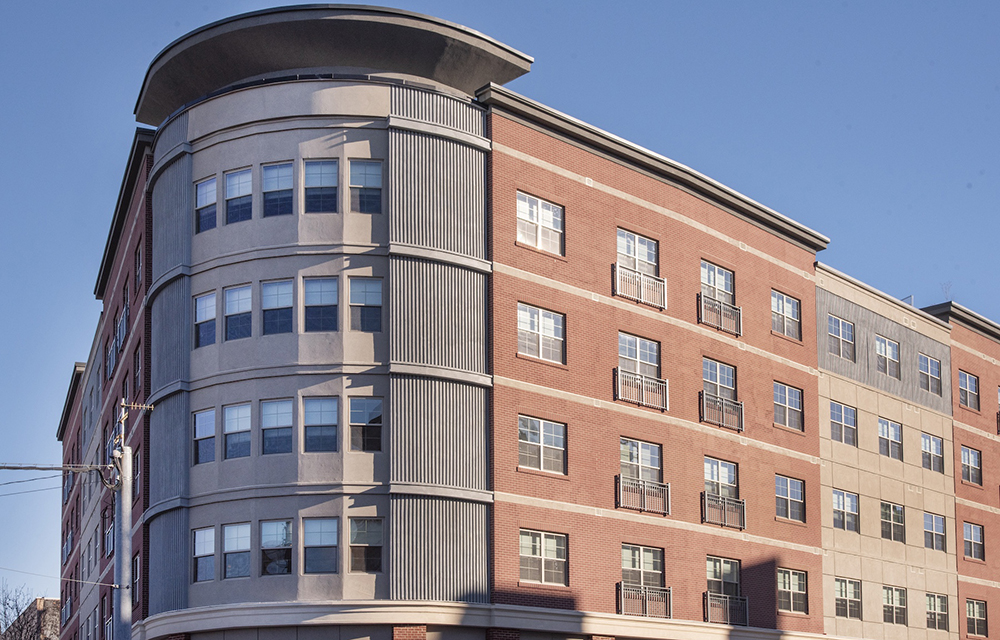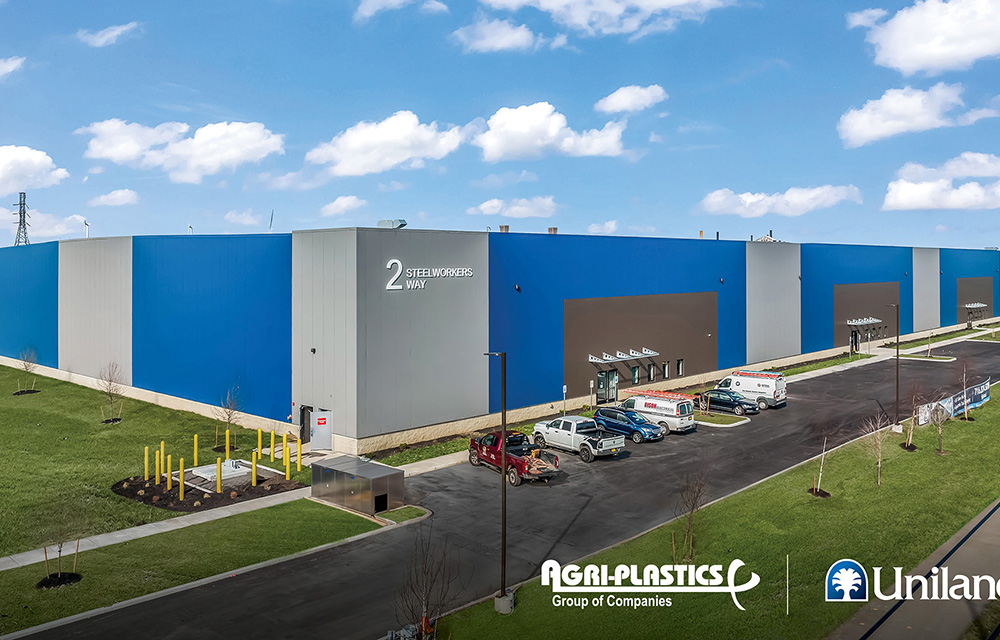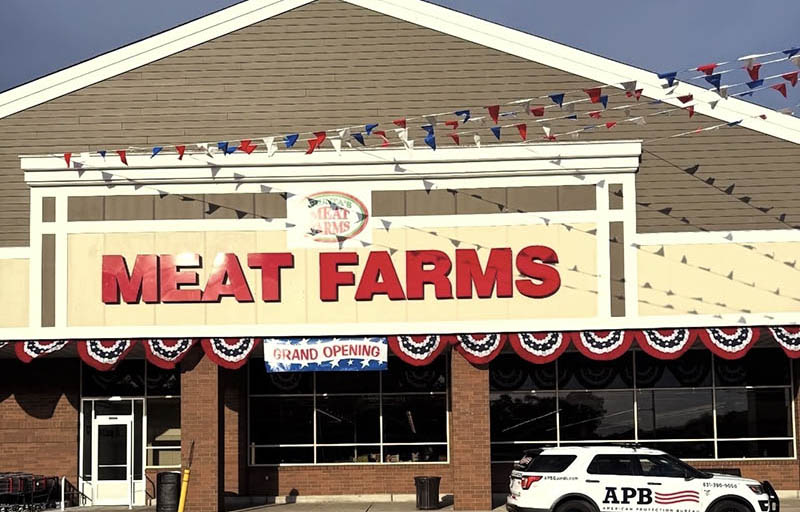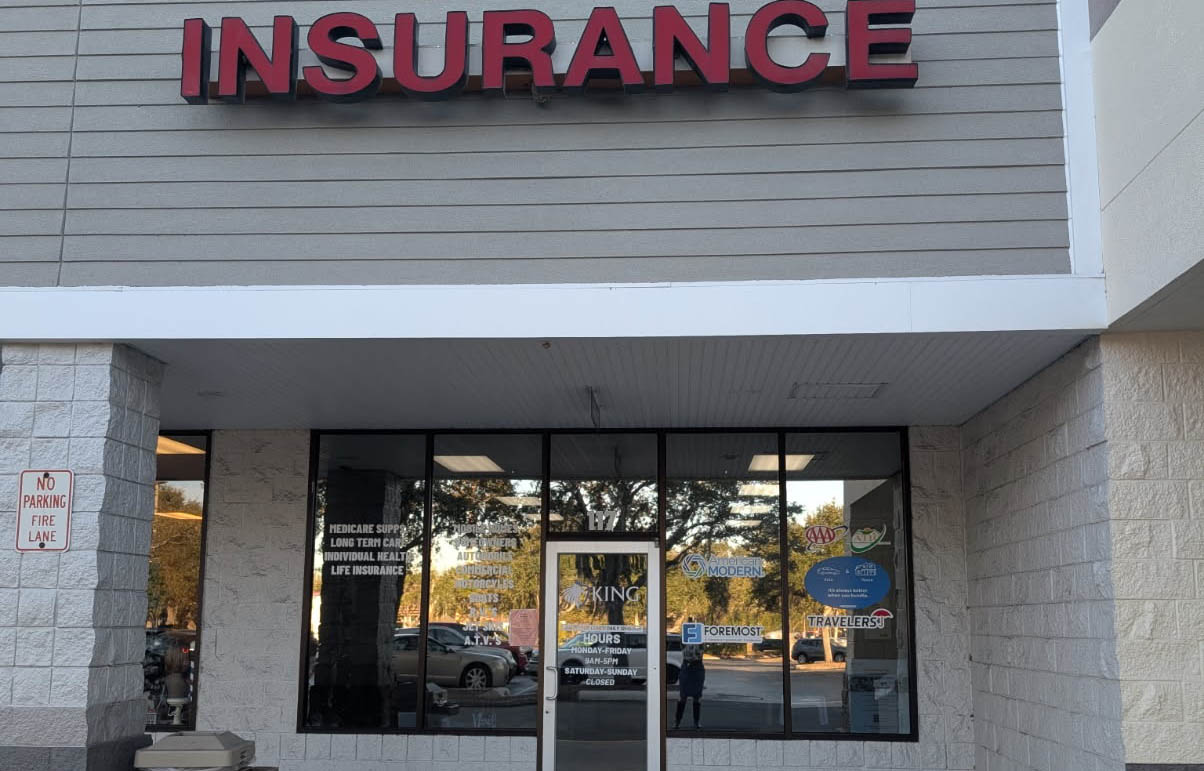News:
Brokerage
Posted: April 21, 2014
Strengthening fire safety laws for residential high-rise buildings
Without warning tragedy erupted in East Harlem. A residential gas line explosion leveled two buildings on Park Ave. at 116th St., killing eight and injuring more than sixty persons. A large fire followed the explosion.
On March 12, a fire occurred at 315 Seventh Ave. Gloria Hillman was found unresponsive by FDNY in her apartment containing the fire.
Despite that the fire was contained to Hillman's apartment, heavy smoke filled the stairs of the 22-story building. The cause of the fire is still under investigation.
Many will remember on January 5 of this year another deadly fire occurred at the Strand Condominium on W. 43rd St. In this terrible fire Daniel McClung tried to escape the building to evacuate down the buildings fire stairs, which ended up compromised by smoke, McClung was overwhelmed and could not escape the stair passageway.
Tragically deaths in high-rise residential buildings is thematic. In 1998 four persons died trying to escape a fire that started in a 19-floor apartment of family of the actor Macaulay Culkin. Four people died and 22 others were injured as smoke flooded the stairs and hallways.
How many fire tragedies need to occur before N.Y.C. improves building safety and fire safety laws for residential high-rise buildings? We must strengthen fire safety laws to protect people living in residential high-rise buildings.
The good news is that there are new safety laws to help. On December 30, Michael Bloomberg signed into law Int. 1056A, a sweeping overhaul that improved N.Y.C. fire, building, engineering, electrical, plumbing, HVAC codes to match 2009 International Code Council Codes. But, Int. 1056A only requires brand new high-rise buildings to comply with new life safety provisions. There are over 15,500 high-rise residential properties left unprotected under current building and fire safety laws.
Under more stringent commercial high-rise buildings safety rules office properties require sprinkler systems, fire safety plans, fire safety directors, mass communication systems and glow-in-the dark markings to help potential victims find their way safely to exits. Commercial office buildings occupants are well protected.
Yet the tragedies discussed above all occurred in residential properties, not office buildings. Today's laws leave residential high-rise occupancies wholly unprotected when compared to high-rise office workers.
It should now be obvious that explosions and fires occur without warning and are non-discriminatory events. They can occur in any building, at any time, under any accidental or intentional circumstances.
We all need equal protection. Shouldn't all people in N.Y.C. have the same safety benefit in any / all high-rise structures? If a person must evacuate a building it should not be just the high-rise office workers that can get out safely. It is also important to point out that the majority of fire tragedies that kill people often occur in the most economically challenged neighborhoods of the city. N.Y.C. history will show that blazes hit hardest in the poorest neighborhoods of Bronx, Brooklyn, Harlem and Queens. But fires don't discriminate.
Property owners and managers are advised to reexamine their buildings safety measures. The relatively low cost to install non-electric photoluminescent low-location pathway markings is proven method to help control the response to a blackout, fire or smoke emergency and possibly help prevent loss of life.
Evan Lipstein is the president and owner of Hyline Safety Company, New York, N.Y.
Tags:
Brokerage
MORE FROM Brokerage
Horizon Kinetics relocates new headquarters to Tishman Speyer’s Rockefeller Center
Manhattan, NY According to Tishman Speyer investment boutique Horizon Kinetics Asset Management LLC will relocate its current New York office to 18,713 s/f on the 27th floor of 1270 Avenue of the Americas at

Quick Hits
Columns and Thought Leadership

Behind the post: Why reels, stories, and shorts work for CRE (and how to use them) - by Kimberly Zar Bloorian
Let’s be real: if you’re still only posting photos of properties, you’re missing out. Reels, Stories, and Shorts are where attention lives, and in commercial real estate, attention is currency.

Strategic pause - by Shallini Mehra and Chirag Doshi
Many investors are in a period of strategic pause as New York City’s mayoral race approaches. A major inflection point came with the Democratic primary victory of Zohran Mamdani, a staunch tenant advocate, with a progressive housing platform which supports rent freezes for rent

AI comes to public relations, but be cautious, experts say - by Harry Zlokower
Last month Bisnow scheduled the New York AI & Technology cocktail event on commercial real estate, moderated by Tal Kerret, president, Silverstein Properties, and including tech officers from Rudin Management, Silverstein Properties, structural engineering company Thornton Tomasetti and the founder of Overlay Capital Build,

Lasting effects of eminent domain on commercial development - by Sebastian Jablonski
The state has the authority to seize all or part of privately owned commercial real estate for public use by the power of eminent domain. Although the state is constitutionally required to provide just compensation to the property owner, it frequently fails to account








.jpg)
.gif)
.gif)